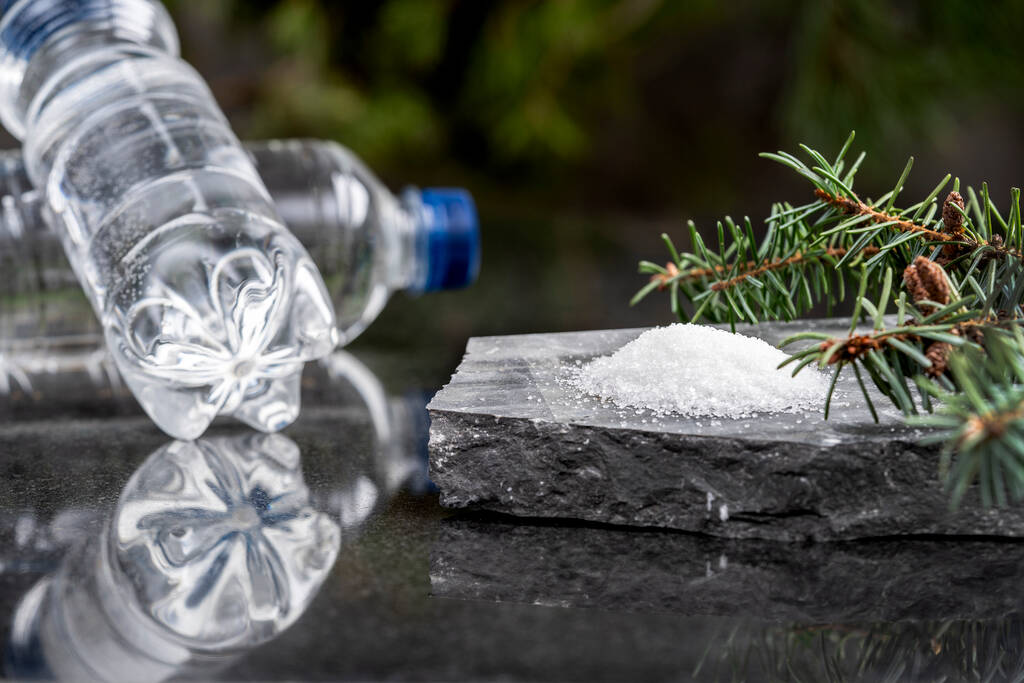The renewable chemicals and bioplastics markets have been surprisingly strong and very active in terms of investments this year amid the global COVID-19 pandemic. At the 4-day 15th European Bioplastics (EUBP) Conference that virtually took place earlier this month, the organization reported its annual market update noting that the global bioplastics production capacity is set to increase from around 2.1 million tons in 2020 to 2.8 million tons in 2025 led by growth in polylactic acid (PLA) production sites in China, the USA and in Europe. Production capacity for polyhydroxyalkanoate (PHA) are also been growing fast worldwide. EUBP noted that biodegradable plastics account for almost 60% of the global bioplastic production capacities.
Production capacities of bio-based polypropylene (PP) are reportedly set to more than triple by 2025 due to the widespread application of PP in a wide range of sectors. PP is a very versatile material that features excellent barrier properties and is one of the most widespread commodity plastics.
Bio-based, non-biodegradable plastics, including the drop-in solutions bio-based PE and bio-based PET (polyethylene terephthalate), as well as bio-based PA (polyamides), currently make up for 40% (0.8 million tonnes) of the global bioplastics production capacities. For bio-based PE new capacities are planned to come on-line in Europe and South America over the coming years.
In contrast, bio-based PET will contribute only a small share to the overall capacities. Intentions to increase production capacities have not been realised at nearly the rate predicted in previous years. Instead, the focus has shifted to the development of PEF (polyethylene furanoate), a new polymer that is expected to enter the market in 2023. PEF is comparable to PET but is fully bio-based and furthermore features superior barrier properties, making it an ideal material for beverage bottles.
EUBP noted that packaging remains the largest field of application for bioplastics with almost 47% (0.99 million tons) of the total bioplastics market in 2020. Segments, such as consumer goods or agriculture and horticulture products, continue to increase their relative share.
With a view to regional capacity development, Asia remains a major production hub with over 46% of bioplastics currently being produced there. Presently, one-fourth of the production capacity is located in Europe. This share is predicted to grow to up to 28% by 2025.
The land used to grow the renewable feedstock for the production of bioplastics is estimated to be 0.7 million hectares in 2020 and continues to account for 0.015% of the global agricultural area of 4.7 billion hectares. Despite the market growth predicted in the next five years, the land use share for bioplastics will only slightly increase to 0.02%.
The market data update 2020 has been compiled in cooperation with the nova-Institute. The data for the global production capacities of bioplastics is based on the market study “Bio-based Building Blocks and Polymers” by nova-Institute (2020), where which, the green blogger is part of the organization’s biopolymers expert group.
Over 350 participants from 36 countries attended the EUBP Conference representing all stakeholder groups along the value chain of bioplastics. The green blogger also participated in the bioplastics market update panel discussion. You can follow some of the tweets covering the event by clicking this link.
This is the Green Chemicals Blog’s last post for 2020. We wish everyone a safe, healthy, happy and prosperous New year!





